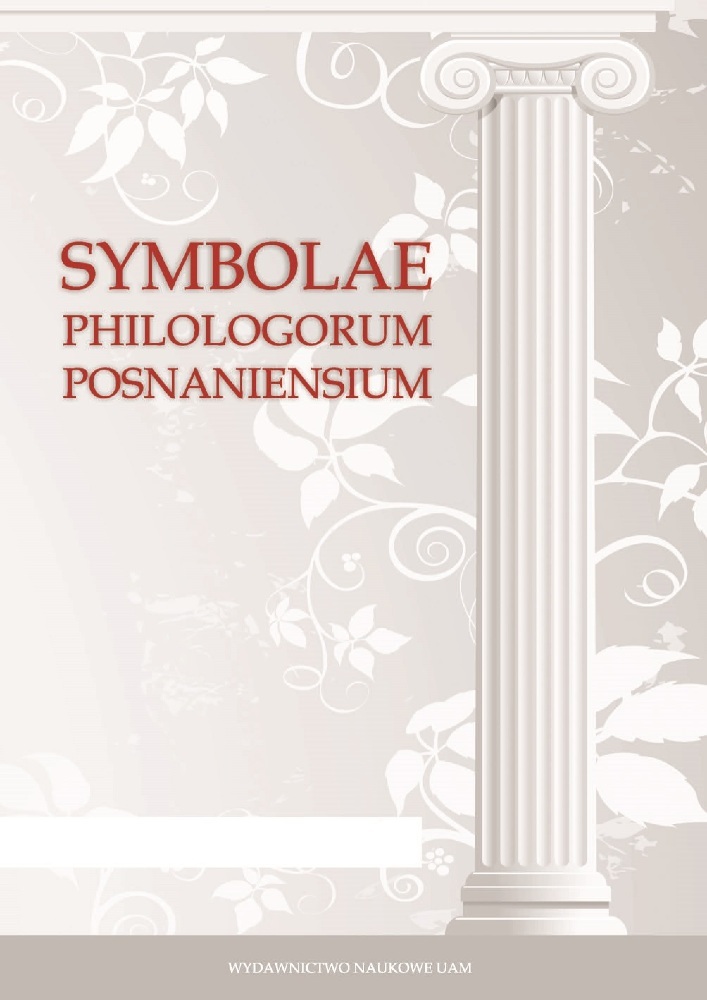Abstrakt
Joseph Stanislaw Bieżanowski, a professor at the University of Krakow, a eulogist and poet, in the collection entitled Oraculum Parthenium (Krakow 1668) used a hundred of simple anagrams of Giovanni Battista Agnese published in Rome in 1661. These short (one-sentence) phrases, formed from the letters of the first part of the Angelic Salutation (Ave Maria, gratia plena, Dominus Tecum), accentuated on Mary’s immaculate purity and freedom from the stain of the original sin on the one hand and her divine motherhood on the other, thus increasing the role and the importance of Mary in God’s plan of salvation. Bieżanowski used these anagrams, making each of them a motto elaborated on in his epigrammatic comment. Epigrams of the Krakow lecturer are characterized not so much by the deepening of the religious reflection, as attention to the formal aspects, the pursuit of artistry. This is reflected in the application, many times within one work, of rhetorical figures highly valued in the Baroque (antitheses, oxymorons), the chiastic structure and interspersing the punch line of the epigram with the anagram from the motto (sometimes in a modified form). Anagram not only served as an additional rhetorical decoration, highlighting the main idea of a work, but also provided a bridge integrating the entire composition. Bieżanowski enclosed the anagrammatic-and-epigrammatic praise of the Virgin Mother of God by an interesting theory of the genre outlined in the preface to Pope Clement IX, whom the University of Cracow gave the collection while making efforts to proceed with the beatification of John Cantius. It combines the literary and theological reflection and in this way exalts the genre, contrary to the opinions of some seventeenth-century theorists. Bieżanowski’s original approach is also evident in the change in the system of anagrams proposed originally by Agnese. In this new system Oraculum Parthenium could perform several functions: educationional, propagandistic and polemical. Above all, however, it was a poetic prayer, complementing the official Marian liturgy.
Pobrania
Brak dostępnych danych do wyświetlenia.
